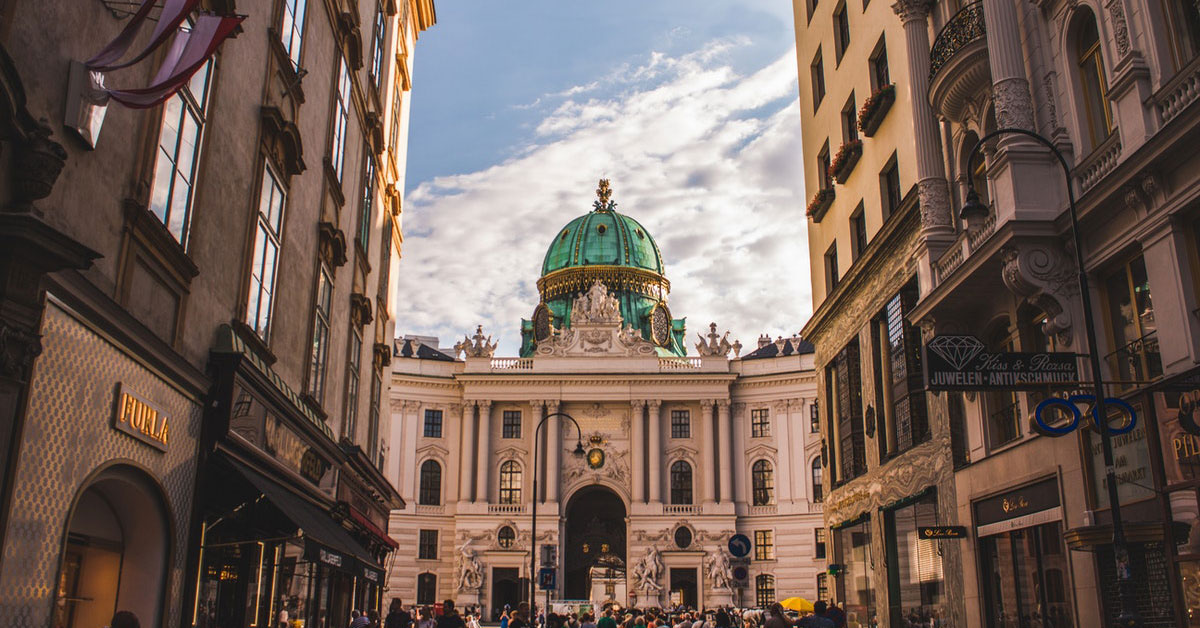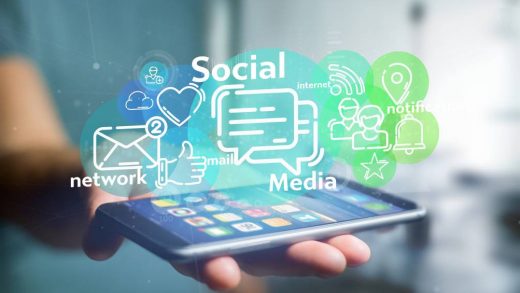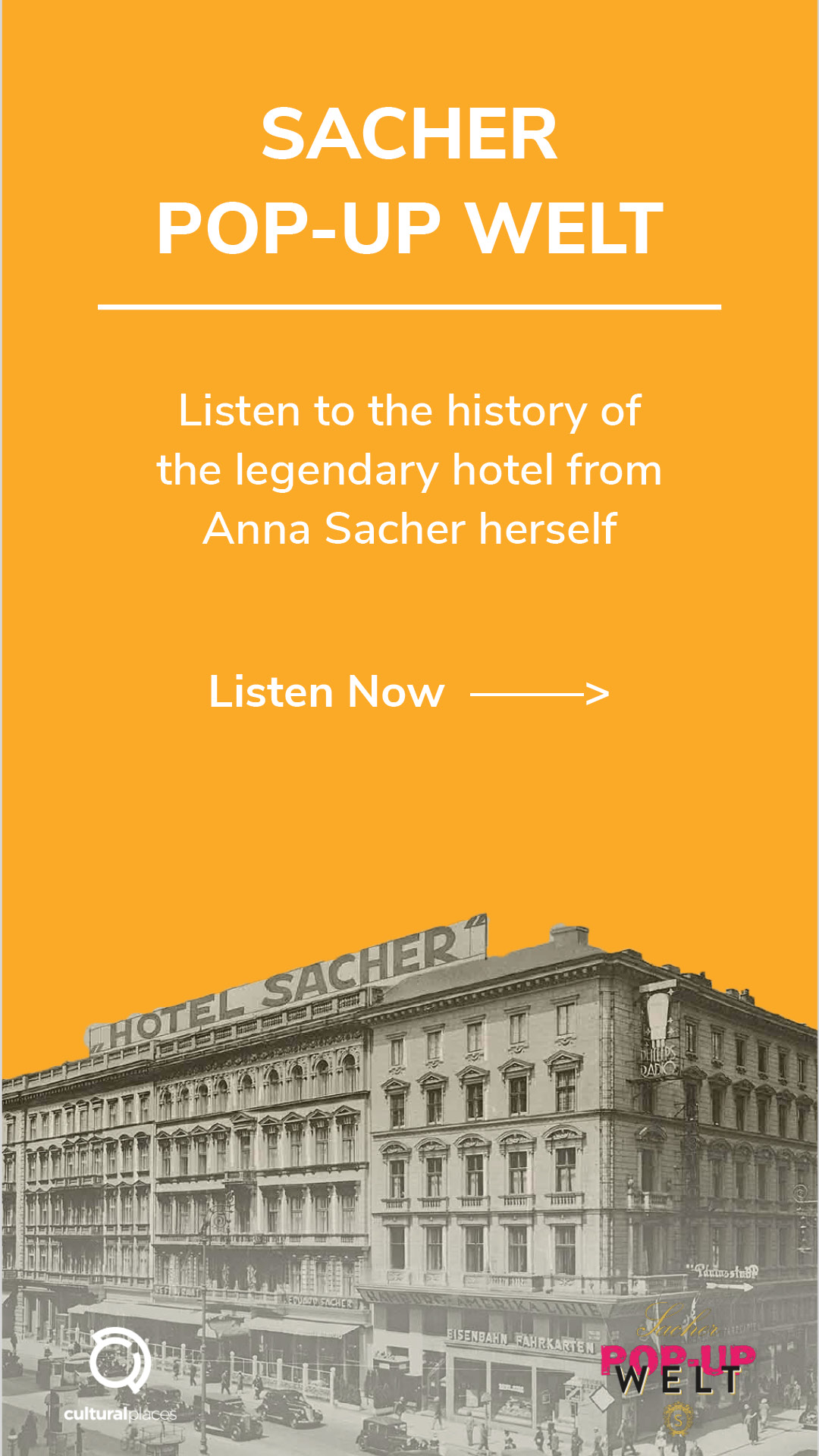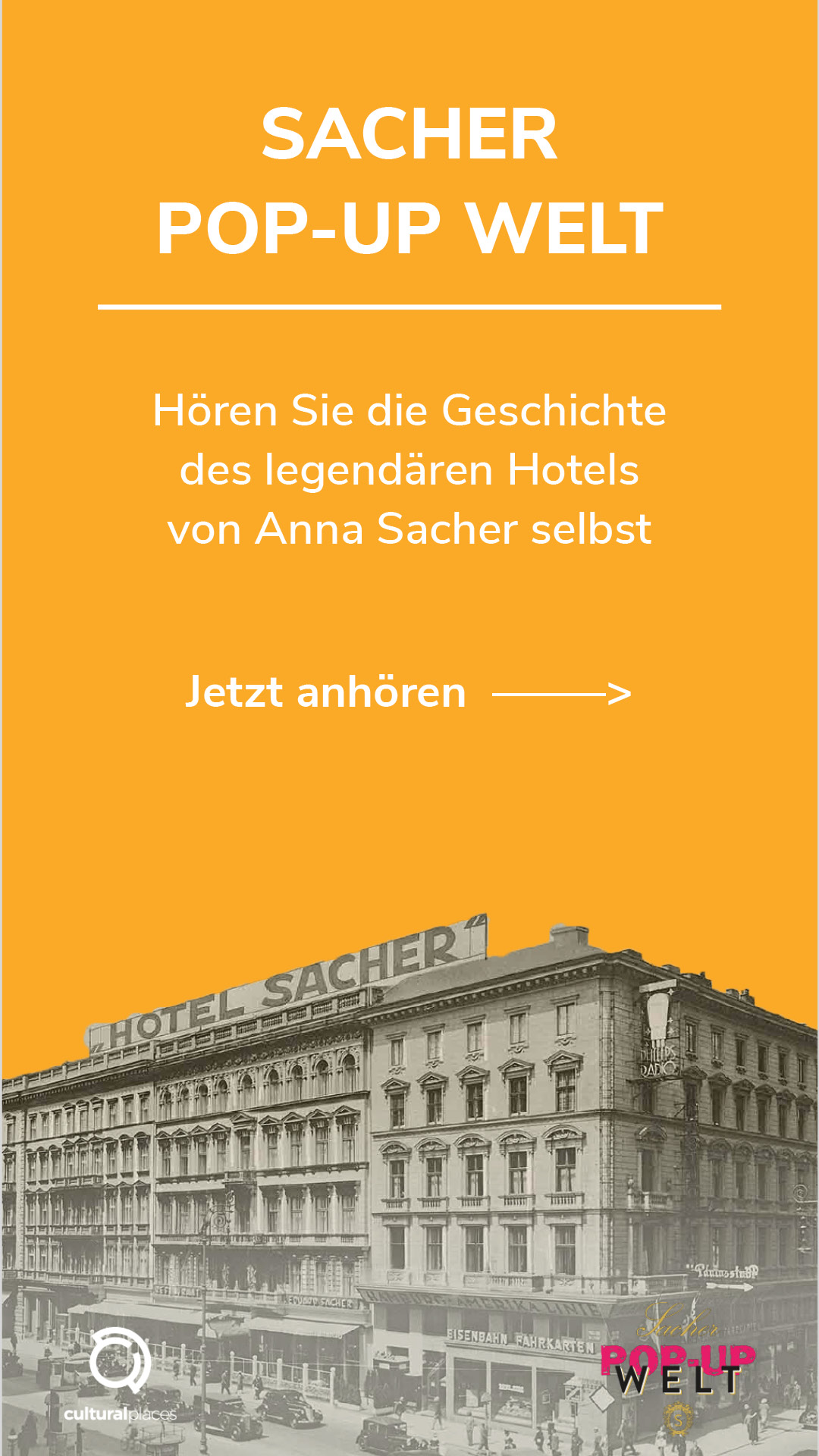NFTs: A Blessing or a Disaster for Digital Art?
NFTs are often created by digital artists, but they are not a new form of digital art. This is a common misconception when it comes to the non-fungible token. Digital art has been around for decades, and the possibility of digital technology as a source of material is nothing new to the art world. However the possibility to establish ownership, create scarcity and therefore assigning value to the piece being represented has had not only positive impact on the digital art world.
The lockdowns we endured during the pandemic have created the urge to connect again with people – whether it was just a brief talk from the balcony or meeting up digitally. The latter has been thriving ever since. Video conference tools as well as the metaverse have been gaining lots of traffic and have been developed further. NFTs have been profiting from that kind of connection base.
Utilities and Human Interaction
Events in the NFT sector have been on the rise ever since. Free mints (this means that digital files are converted into crypto collectibles) and airdrops (this is where NFT developers send free NFTs to crypto wallets) are some of the incentives that bring people together. The opportunities and people you can meet are endless, but there is still something missing: real human interaction. This is why some artists are already attaching this as a utility to their NFTs (utility = perks that are attached to the holder of NFTs). Ania Catherine from Operator says in an interview with Brytehall:
“Our first Privacy Key 00 holders didn’t really know what they were purchasing. They knew that there were going to be surprises revealed, and concealed. They were like, I trust this is going to be an experience. And then two months later, they were all invited to these three really happening, experiential ‘privacy dinners’.”
Great Value: Authenticity and Ownership
Nevertheless, the digital art sector has broadly profited from NFTs. The first and likely most valuable reason is the given value that they have been granted. Before that, digital art lacked authenticity and ownership. The possibility to replicate it easily had taken away all value from digital art forms. The blockchain has now granted the ability to really trace ownership, which has put digital arts on the same level as fine arts.
Additionally, to the acknowledgement of the establishment, there are now further audiences who are interested in investing. A younger, more tech savvy community is growing around the arts sector, where there may have not been a lot of interest before. Also, they are all available for anyone to buy. You don’t have to be part of a certain restricted circles, nor go to a certain place to make a purchase.
The Duration of Art Perception
One interesting possibility of NFTs is the duration of the relationship between artist and visitor. The connection, that is made with this token, also enlarges the duration of the arts perception. In the usual case of an exhibition, the visitor is exposed to the art for maybe one to two hours. NFTs make it possible to connect them to the artist over decades to come.
In general NFTs have given an immense raise of value for digital arts. And who knows, what artists will come up with in the future? Maybe we will see more hybrid interactions and events? We believe it’s worth taking a part of this new possibilities.
Don’t miss out on any news: Follow us on Social Media for a weekly update on #culturecryptomonday or subscribe to our newsletter. Did you know, Cultural Places is also about to host its own storefront for the metaverse? Check it out on: www.culturalplaces.com/metaverse/






